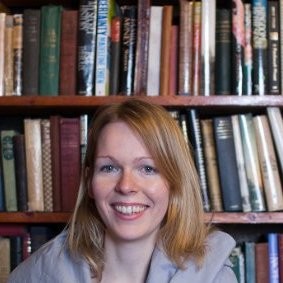
Over our next few blog posts we will capture the main areas of discussion from the University of Cambridge Museums conference Do Not Touch? 3D in Museums held on Monday 3 June at the Judge Business School in Cambridge. We were delighted to be joined by over 90 delegates. Nearly 40 speakers ensured that we had some invigorating discussions that spanned many disciplines (from physics to education and mathematics to English), collections (ancient Egypt to natural history) and organisations (universities, industrial collaborators, museums and heritage sector organisations). We’re really grateful to them all for coming to the event and providing such incisive insights.

Luke Syson, Director of the Fitzwilliam Museum, opened the conference. He emphasised the importance of digital technologies to the Fitzwilliam and wider University of Cambridge Museums consortium. Reflecting on his time so far at the Museum, he emphasised how the Fitzwilliam is in the ideal position to both interact with the research community and provide engaging experiences for diverse audiences.
He also spoke about how digital technologies – including 3D printing – might enable us to offer safe and responsible ways of interacting with museum collections. Daniel Pett, Head of Digital and IT at the Fitzwilliam opened by saying that all digital research must reference and be informed by previous work within the 3D research arena. Dan also anticipated that authenticity would be a key theme coming out of the conference. An essential point of Dan’s talk was that - in spite of what many people claim - ‘documentation is not preservation’. That is, we are not preserving the past through documenting it; these are different activities.
Dan introduced Helena Rodwell and the four AHRC creative economy engagement fellows who were up next. The AHRC Creative Economy Engagement scheme has funded four fellows, working at the Museum during 2019, to deliver projects in collaboration with two creative economy partners, ThinkSee3D and Museum in a Box. The University of Cambridge pump priming scheme enabled us to deliver small-scale digital projects that enabled us to apply for this much-larger scale grant and we are extremely grateful for their support.